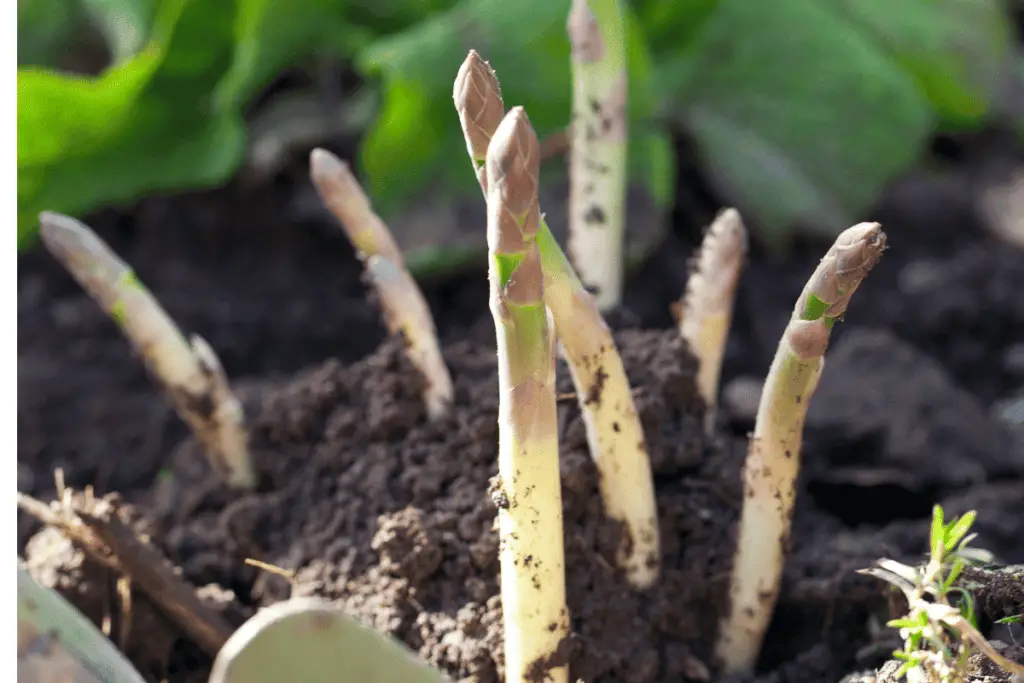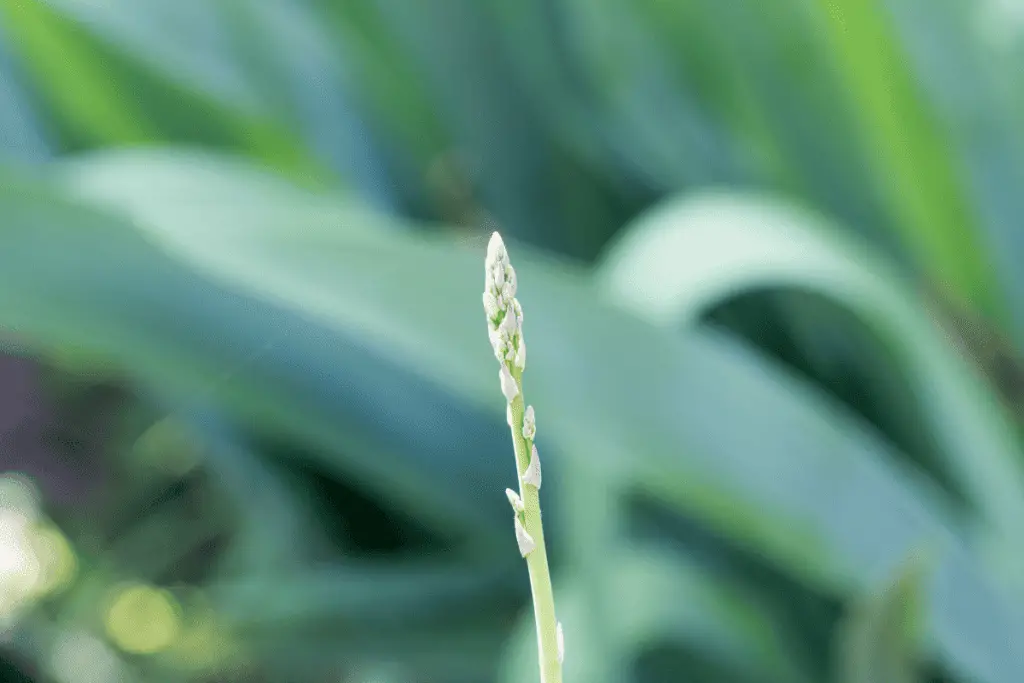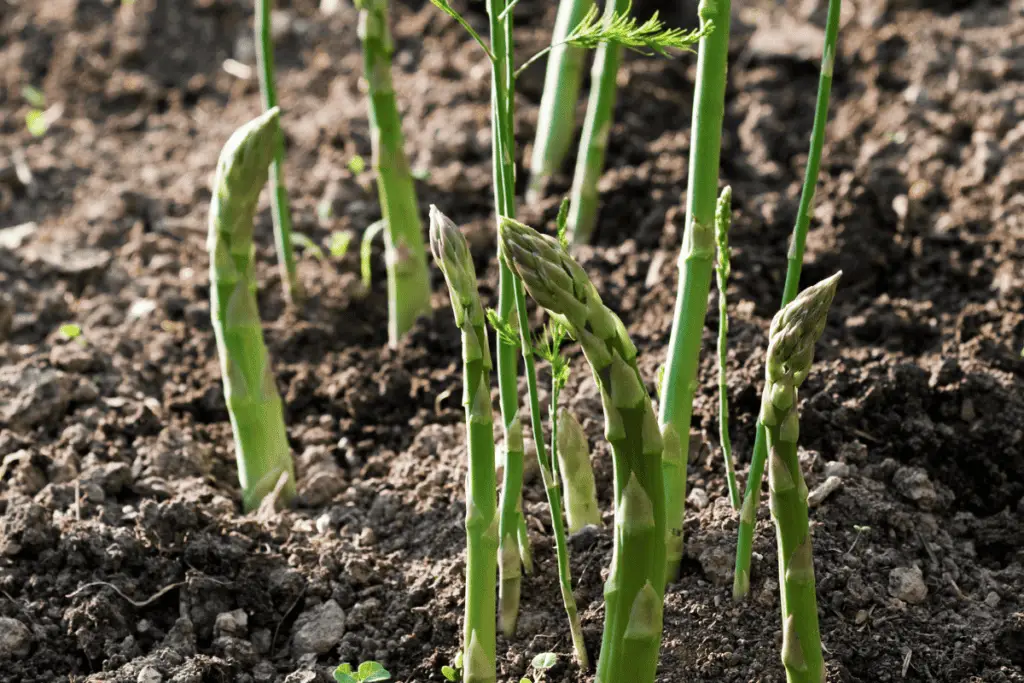Introduction Growing and Nurturing Asparagus

Embarking on the journey of growing asparagus at home can be both rewarding and delicious. Asparagus, a versatile and nutrient-rich vegetable, offers a bounty of flavors when cultivated with care.
In this comprehensive guide, A Gardener’s Guide to Growing and Nurturing Asparagus we’ll explore the intricacies of selecting the right asparagus plant, planting techniques, and crucial aspects of maintaining a healthy and productive asparagus patch.
Selecting the Asparagus Plant: Male or Female, Varieties that Do Well
When venturing into asparagus cultivation, the first step is choosing the right plant. Asparagus comes in both male and female varieties, with male plants being generally preferred for their higher productivity. Varieties such as ‘Mary Washington,’ ‘Jersey Knight,’ and ‘Purple Passion’ are known to thrive in various climates and soil conditions, making them excellent choices for home gardens.
Planting: Location, Starting Crown, Starting Seeds

Location Matters
Selecting the perfect spot for your asparagus bed is crucial. Asparagus thrives in full sunlight, so choose a location with at least 8 hours of direct sunlight daily. Ensure the soil is well-draining, and if needed, consider raised beds to improve drainage.
Starting with Crowns
Planting asparagus crowns is a popular and efficient method. In early spring, create trenches about 6-8 inches deep and space the crowns 12-18 inches apart. Cover them with soil and await the emergence of healthy spears.
Starting from Seeds
For those inclined towards starting from seeds, begin the germination process indoors 8-12 weeks before the last frost. Transplant the seedlings into individual pots once they’ve developed a few true leaves.
How to Keep Asparagus Healthy & Productive

Watering Wisdom
Keeping your asparagus well-hydrated is crucial for its health. Provide consistent moisture, ensuring the soil remains evenly moist but not waterlogged. Water deeply, especially during dry spells, and consider mulching to retain soil moisture.
Weed Control
Weeds can compete with asparagus for nutrients and hinder growth. Mulching around the plants helps suppress weeds, providing a clean and nutrient-rich environment for your asparagus patch.
Disorders Management
Yellowing spears, thin growth, and other disorders can hinder your asparagus harvest. Regularly inspect your plants, address nutrient deficiencies with fertilization, and ensure proper sunlight exposure to prevent common disorders.
Management of Pests, Diseases, and Disorders
Guarding Against Pests
Asparagus can fall prey to pests like asparagus beetles. Vigilance is key; manually remove pests and consider introducing beneficial insects for natural pest control.
Shielding from Diseases
Fungal diseases can impact asparagus if not managed promptly. Ensure good air circulation, avoid overcrowding, and use fungicides if necessary.
Disorders Defense
Address disorders such as thin spears or yellowing by adjusting soil pH, providing adequate nutrients, and maintaining optimal growing conditions.
FAQs A Gardener’s Guide to Growing and Nurturing Asparagus
How to make asparagus grow better?
To enhance growth, ensure proper sunlight, consistent watering, and balanced fertilization.
How do you make asparagus grow thicker?
Thicker spears can result from well-fed and healthy plants. Provide adequate nutrients and maintain optimal growing conditions.
Does it take 7 years to grow asparagus?
While you can harvest asparagus in the second year, full maturity is reached in around 3 years. Patience is key for a long-lasting, productive asparagus bed.
Conclusion A Gardener’s Guide to Growing and Nurturing Asparagus
Growing asparagus at home is a delightful and fulfilling endeavor that promises a continuous harvest for years. From selecting the right plant to managing pests and harvesting techniques, this guide equips you with the knowledge needed to cultivate a thriving asparagus patch.
Enjoy the journey and the tasty rewards of your homegrown asparagus.
Latest Posts
- What Types of Lettuces Can You Grow?

- How to Plant Onion Seeds for Maximum Germination

- How to Plant Parsnip Seeds for Maximum Germination

- How to Plant Mushroom Seeds for Maximum Germination

- How to Plant Lettuce Seeds for Maximum Germination

- How to Plant Kale Seeds: A Step-by-Step Guide to Maximum Germination Success!

Additional Information
https://www.rhs.org.uk/vegetables/asparagus/grow-your-own
https://extension.okstate.edu/fact-sheets/asparagus-production.html




